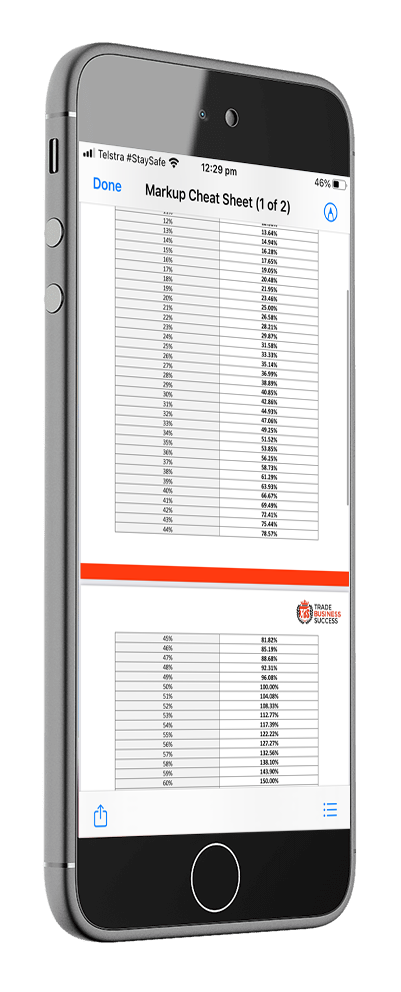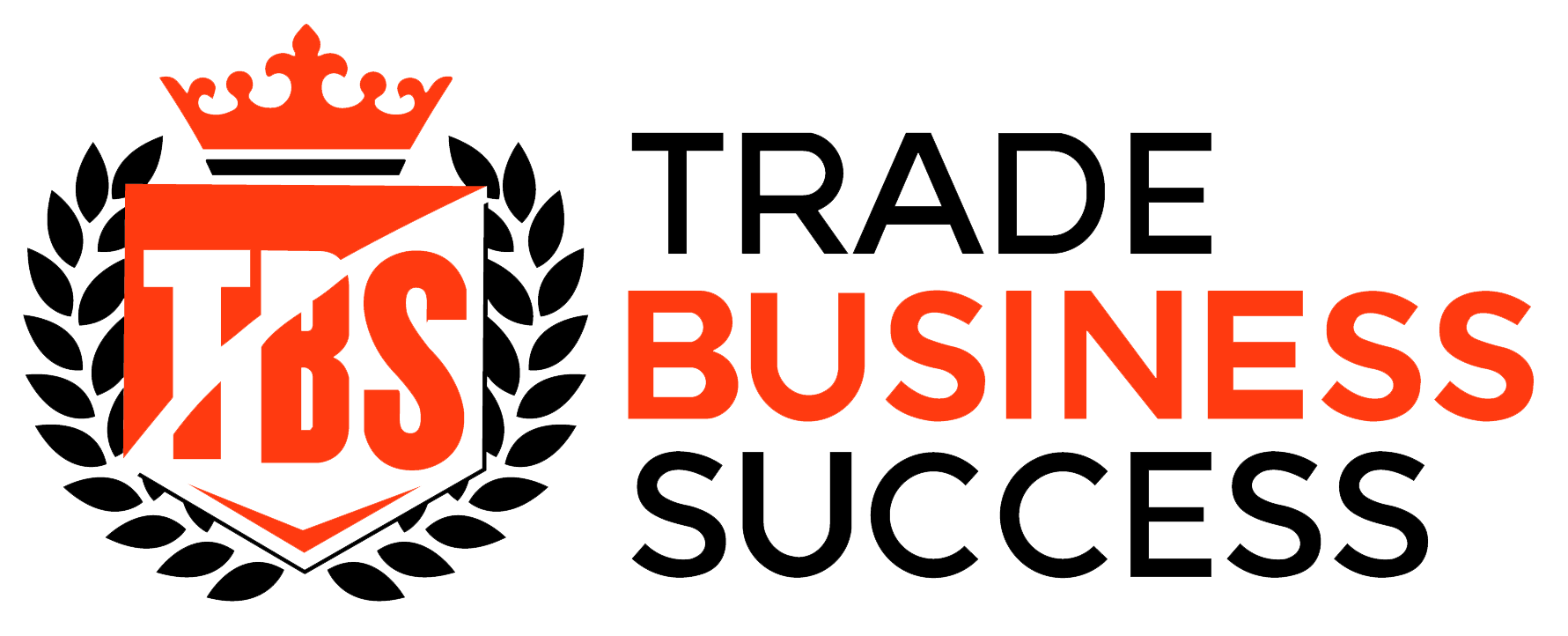When it comes to pricing, there can be a lot of confusion around what markup actually is and how it should be used…
Put simply, Markup refers to the percentage by which the direct costs of a job (i.e., labour, material, etc.) are increased (or ‘marked up’) to determine the final price for the job.
And this markup percentage is calculated based off a pre-defined Gross Profit Margin Target for the job (i.e how much Gross Profit you actually want to make on the job!)
The formula to calculate markup is…
Markup = Gross Profit Margin Target/(1 - Gross Profit Margin Target) *100
For example, if you want a gross profit margin of 30%, then your markup would be…
Markup = 0.3/(1 – 0.3) * 100 = 43%
So, if you have $1,000 in direct costs for the job, you’d quote the job…
Quoted Price = Direct Job Costs + (Direct Job Costs * Markup)
Quoted Price = $1,000 + ($1,000 * 0. 43) = $1,430
Now, let’s double check the markup is right…
Gross Profit Margin = ($1,430 - $1,000) / $1,430 = 30%
You see, markup is just a tool to help you price your jobs! Nothing more, nothing less…
DISCLAIMER: The example I’ve used above is a VERY simple example of using a ‘markup’ to price a job. Depending on how you currently price your work, it may not be as simple as this OR you might use a completely different approach altogether. However, the understanding of WHAT markup is and HOW it should be used remains the same!
FREE TOOL: Skip all the maths of calculating your markup with our Markup Cheat Sheet that fast tracks your ability to figure out exactly what markup you need to apply to achieve the gross profit that you want!
Click here to download this new FREE tool.
I trust you’ll find it valuable!

If you're an electrician, plumber, painter, carpenter, or any other trade business owner who is looking to take your business to the next level, click here to learn more about how our team can help!
